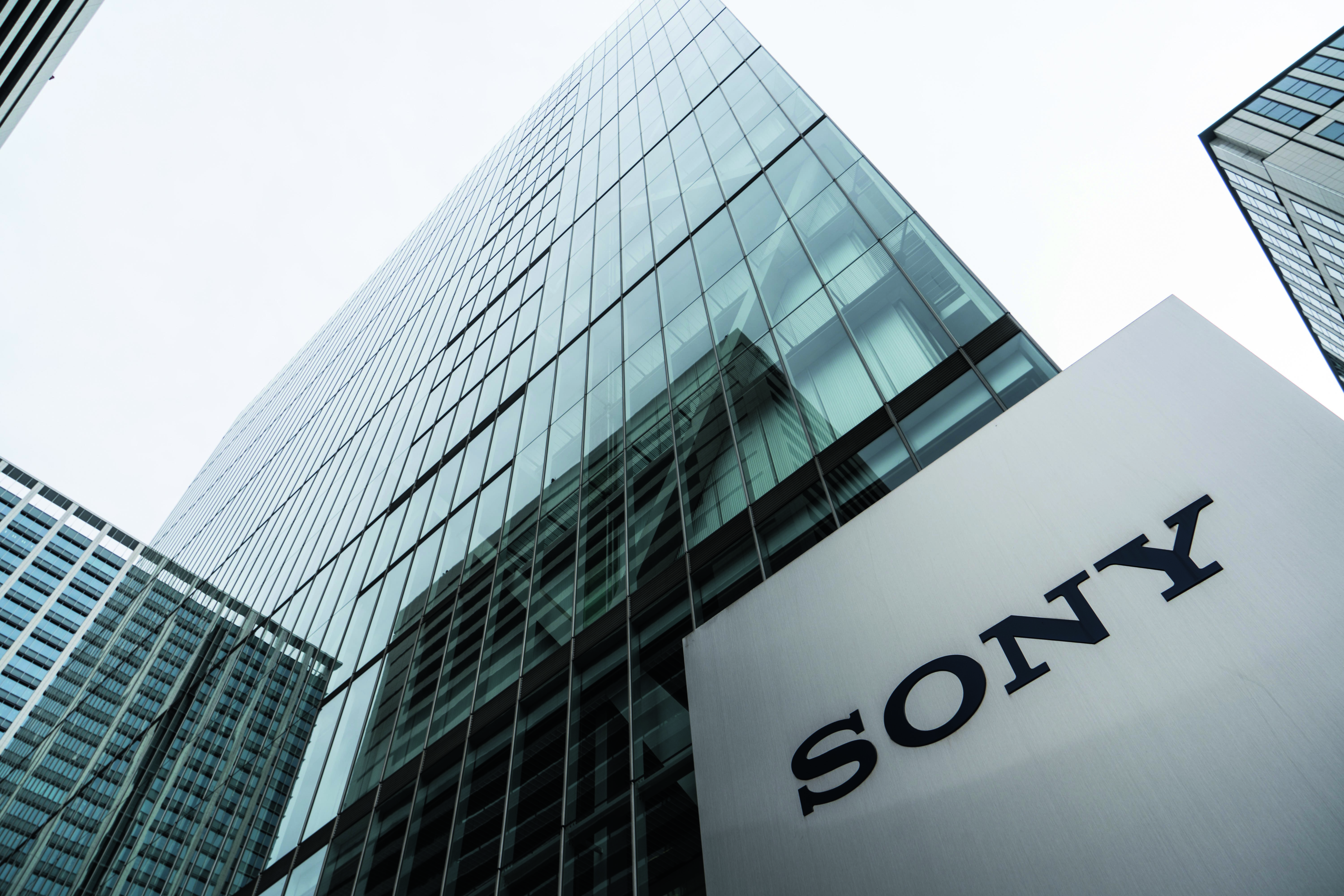
As I said earlier today Sony is giving a lot of interviews and here is a look behind the scenes with amateurphotographer about the Sony a9. Below you will find key points from this lengthy interview.
- “Sony is a relatively recent player in the interchangeable-lens camera market. It began by acquiring Konica Minolta in 2006, with its first genuinely homegrown DSLR being the Alpha 700 in 2007. But the most significant milestones in its progress have been the introduction of the mirrorless E-mount in 2010, followed by the full-frame Alpha 7 system in 2013.”
- “Sony now claims to be the market leader in terms of mirrorless camera sales in Europe, and second for sales of full-frame cameras behind Canon (at least before the launch of the Nikon D850).”
- Even though Sony has been innovative, they haven’t managed to spark loyalty like Fujifilm, which did so by delivering major firmware revisions that greatly improved camera functionality.
- Sony is great at delivering advanced cameras, but not necessarily great at understanding photographers needs.
- Sony Toyko works out all of the camera engineering challenges and works closely with the sensor experts in Kumamoto to deliver their vision.
- The a9 is meant for sports and action.
- Sony wanted to build a camera capable of shooting at 20 frames per second with a zero-blackout viewfinder while taking focus and exposure readings, and viewing the live view feed at 60fps, which required a completely new design.
- To dial in the Sony a9’s AF “Sony worked closely with professional sports photographers, running through multiple cycles of assessing images shot with prototype cameras, analyzing any focus errors and then rapidly addressing them with new firmware in time for a new round of testing.”
- The Sony a9 design should become the sports/action photographer camera of choice because it can constantly track subjects in motion, while DSLR’s can only track when the mirror in specific positions.
- The Sony a9 isn’t perfect, but their first attempt is already superior to Canon/Nikon’s offering in many ways. In a generation or two, they will likely far surpass them in every way.
- Sony still doesn’t seem to understand the potential advantage of a larger body, while their lens division makes optics as large as necessary.
- Sony is still noncommittal about releasing firmware updates to improve their cameras after release.
- Sony has been focusing on FE lenses over APS-C and A-mount because full frame owners tend to be more demanding of their lens collections and purchase more glass.
- We will definitely see long lenses for the Sony a9 in the near future.
- Sony doesn’t consider their APS-C lens selection to be complete yet
- The possibility of new A-mount lenses is remote.
- We won’t see Sony medium format anytime soon.
- Kumamoto produces four million image sensors every single day.
- It can take up to 6 months for the silicon wafers entering the Kumamoto factory to leave as a sensor.
- Sony’s new stacked sensor in the Sony a9 is the most expensive sensor to produce at this time, which is why the Sony a9 costs so much.
- The Kumamoto plant still shows signs the earthquake.
- If there is an earthquake in the future Kumamoto should only be offline 2 months.
- Sony cameras are still designed in Japan but highly skilled labor is significantly cheaper in Thailand which is why they moved pro camera and lens assemble there.
- Sony is driven by the advancement of technology over all else and they need a little photography DNA to fully address the needs of photographers.
- The drive for advancement lead to the a9 and the ability to create photos that couldn’t be captured before and this drive could be fine-tuned by trusting the photography community a little.